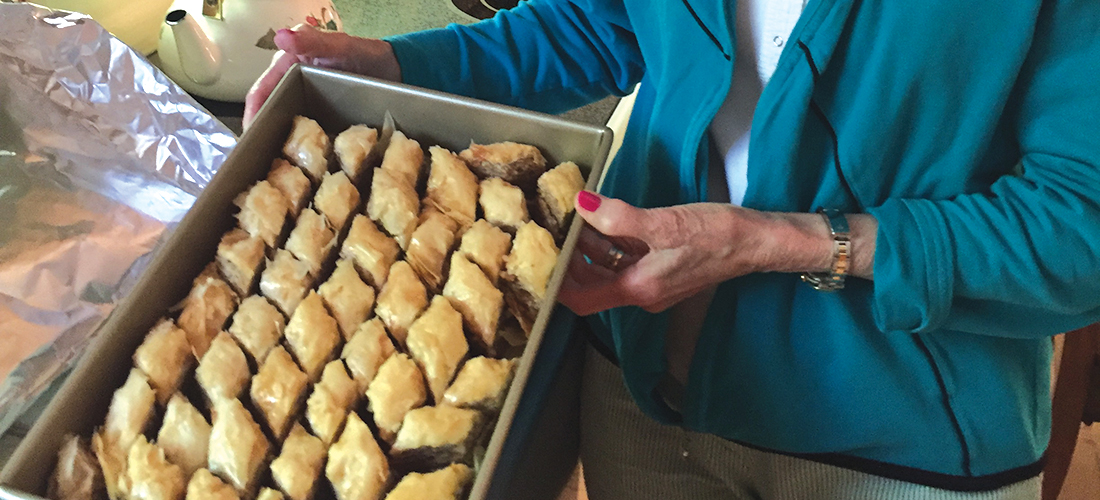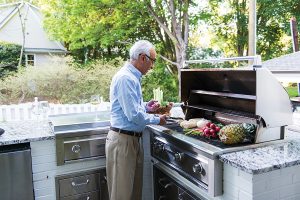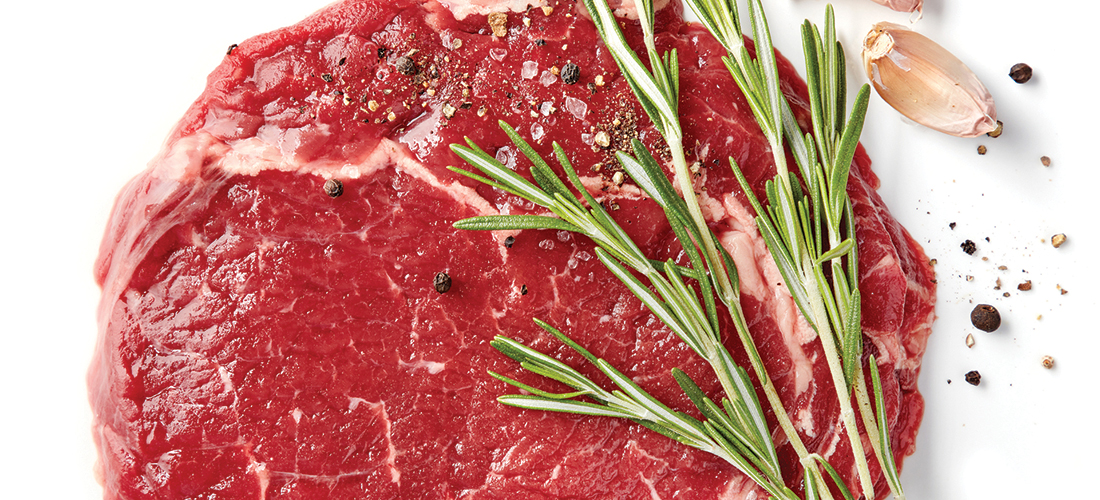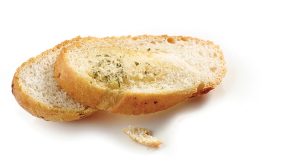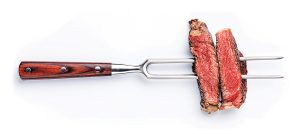A World Beneath One Roof
Super G Mart is an international bazaar for local foodies
By Billy Ingram
Photographs by Sam Froelich
In the past 50 years, our city has undergone a culinary transformation, from an international food desert to a genuine hub for haute cuisine from every corner of the globe. Laotian, Vietnamese, African, Egyptian, Thai, Yemeni, Indian, Tex-Mex — Greensboro has a global, palate-pleasing smorgasbord.
Imagine how difficult it would be sourcing all the myriad exotic ingredients those diverse ethnic undertakings require were it not for Super G Mart, located on West Market west of Spring Garden. If you haven’t experienced this cultural mashup, you must. Wandering among its stalls is like opening a Russian nesting doll; the deeper you dive the more there is to discover.

Stare wide-eyed at towering aisles stacked with 20 varieties of Udon noodles, hundreds of aromatic spices, Japanese green teas and coffees, Vietnamese meatballs, Korean dried licorice, Indian curry paste, juices and extracts from just about every conceivable fruit and vegetable. Plus, this great big grocery superstore boasts a full-service meat and fish market, alongside a produce selection that features an encyclopedic array of fruits and vegetables — cranberry beans, aloe vera leaves, green coconuts, kumquats, whole tropical jackfruit, seven pears of assorted origins, a dozen cultivars of bananas, vivid red and green habaneros, and a vast array of indigenous roots. Everything you never knew someone, somewhere needed, all under one roof.
In the meat section, recognizable drumsticks, steaks, chops and other traditional cuts of meat are on display alongside tails, feet, belly meat, shanks, jowls, not to mention a variety of gizzards, intestines, stomach, liver. Multi-pound packs of fatback will keep that Fry Baby you borrowed from the neighbor bubbling for months. Look for conveniently cubed goat heads, pig ears, beef lips, black-skinned chickens dressed for healthful chicken soup, ox and turkey tails (turkeys have tails?!?), and pre-packed chicken feet. Even if you’re no wannabe Top Chef, this is a one-stop shop for ancient incantations, spells, and curses.

Over in the seafood market, squid, catfish, kingfish, red drum, black sea bass, yellow croaker, and pink snapper lay upon a bed of chipped ice. Seasonally you can buy live tilapia, lobsters and blue crabs. There’s also salmon heads for fans of fish-head curry. One caveat, these fishmongers are sometimes overwhelmed meeting the requests of demanding customers. You’ll want to be patient and jostle for your place in line. Plus, the best way to see the store is by slowly browsing, because it’s difficult to take in everything on the first visit.
A favorite of caterers and fine dining chefs for years, Super G is a well-oiled operation, requiring constant restocking and inventory control due to the sheer number of neatly arranged products they carry. The place is a maze of shelves and alcoves stocked deep with canned whelk and baby conch, rice vinegars, dried mushrooms, ginger powders, crated duck eggs. . . there’s an entire refrigerated case reserved for European breads and cheeses.
Know what else you’ll find? Almost anything else you’d look for at a standard grocery store; Dole fruit cups, Peter Pan peanut butter, Southern Pride pimento loaf, grape Juicy Juice, Lucky Charms.

And prices lower than a snake’s belly which, surprisingly, I didn’t find in the coolers.
At the entrance to Super G is a colorful European-style marketplace with mom-and-pop fashion, knick-knack, and jewelry boutiques, professional services, and my favorite the Used Shoe Store, where you can literally walk in someone else’s moccasins.
On the way home, you might want to stop off for some Vietnamese coffee at the Asian Kitchen, a funky fresh eatery just inside Super G’s front door. Vietnamese Pho is their specialty but I’m especially fond of the beef in peanut sauce. For dessert, Suman rice cakes are a Filipino treat, sweet sticky rice cooked in coconut milk, wrapped in banana leaves, steamed then sprinkled with sugar. Or maybe you want to wash it all down with a Honeydew Tea, one of many refreshing flavors Asian Kitchen brews.

Super G anchors the FantaCity International Mall where families from far-away nations gather daily to create culinary experiences unlike any other. Perhaps I’m over-romanticizing, but I believe an intimacy is established, consciously or not, when folks prepare meals from handed-down recipes.
Tampopo Ramen & Hibachi is Greensboro’s first honest-to-goodness Japanese noodle shop. Ramen-ya actually, a store primarily serving ramen with a few other options to bulk out the menu. Their sumptuous broths are prepared over the course of several hours, in the traditional style. Reflecting Sun Ja Lim’s passion, she of Sushi Republic fame, I can attest to Tampopo’s delectable authenticity, noodles and hearty ingredients.

Tongues are not only delighted but wagging about Sana’a’s home-style Middle Eastern entrees, savory kabob platters, lamb mandi, chicken tawook, fish salta, vegetarian specialties and freshly baked saluf. Judging from friends’ and published rave reviews, this newly opened corner space is nothing short of sensational. Stroll around FantaCity and you’ll also find Chinese, Korean, and Kimchi-to-go restaurants.
I doubt old-timers weaving ladies’ lingerie on this spot for decades beginning in 1950 would recognize FantaCity as Guilford Mills’ first permanent finishing plant. In the early 2000s, that brick albatross was transformed into this international shopping center but, unlike Cotton Mill Square in the ’80s, they did so without regard to preserving the original architectural integrity.
Just as well, fitting actually. FantaCity thrives on gritty optimism, no need for unnecessary hindrances from the extinction. Within these walls a palatable entrepreneurial spirit manifests itself around every corner, hard-working individuals engaged in the pursuit of that exalted All-American dream. Providing the public with an experience like no other. OH






